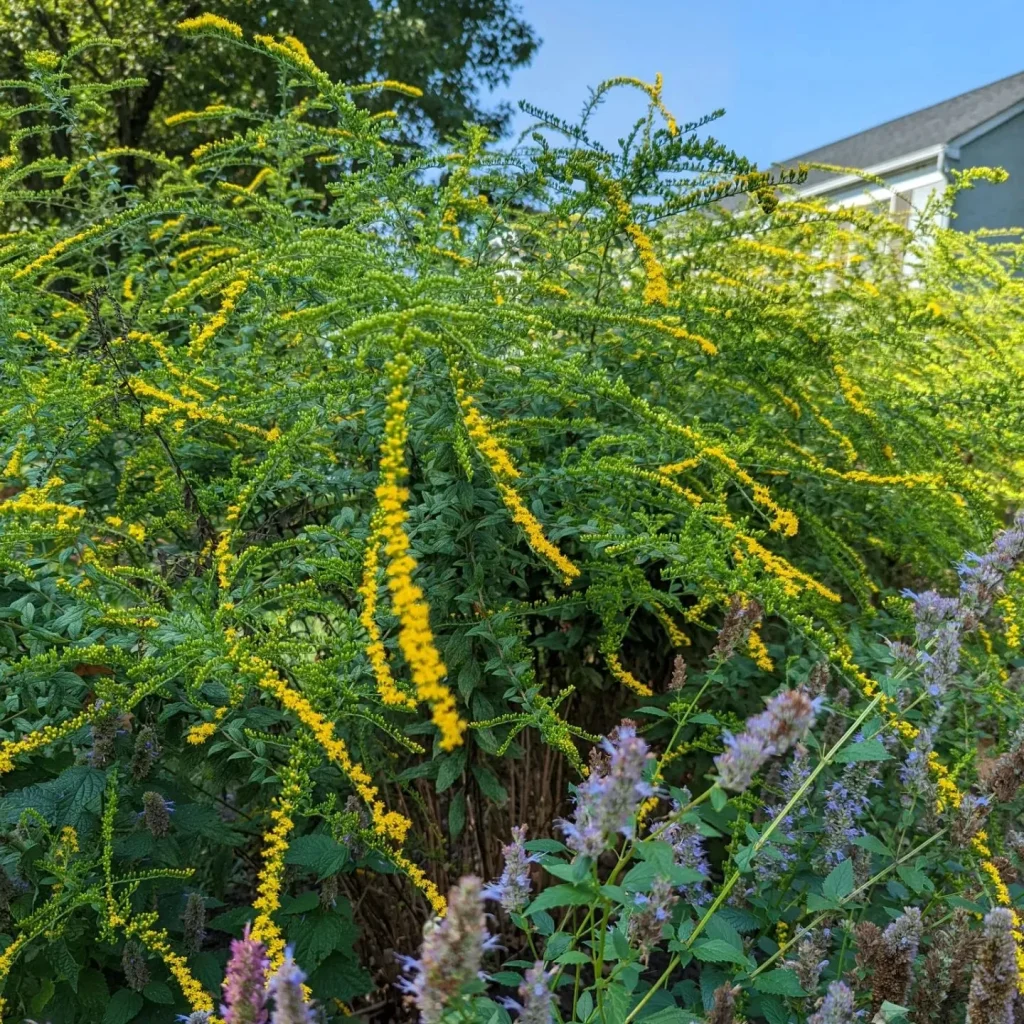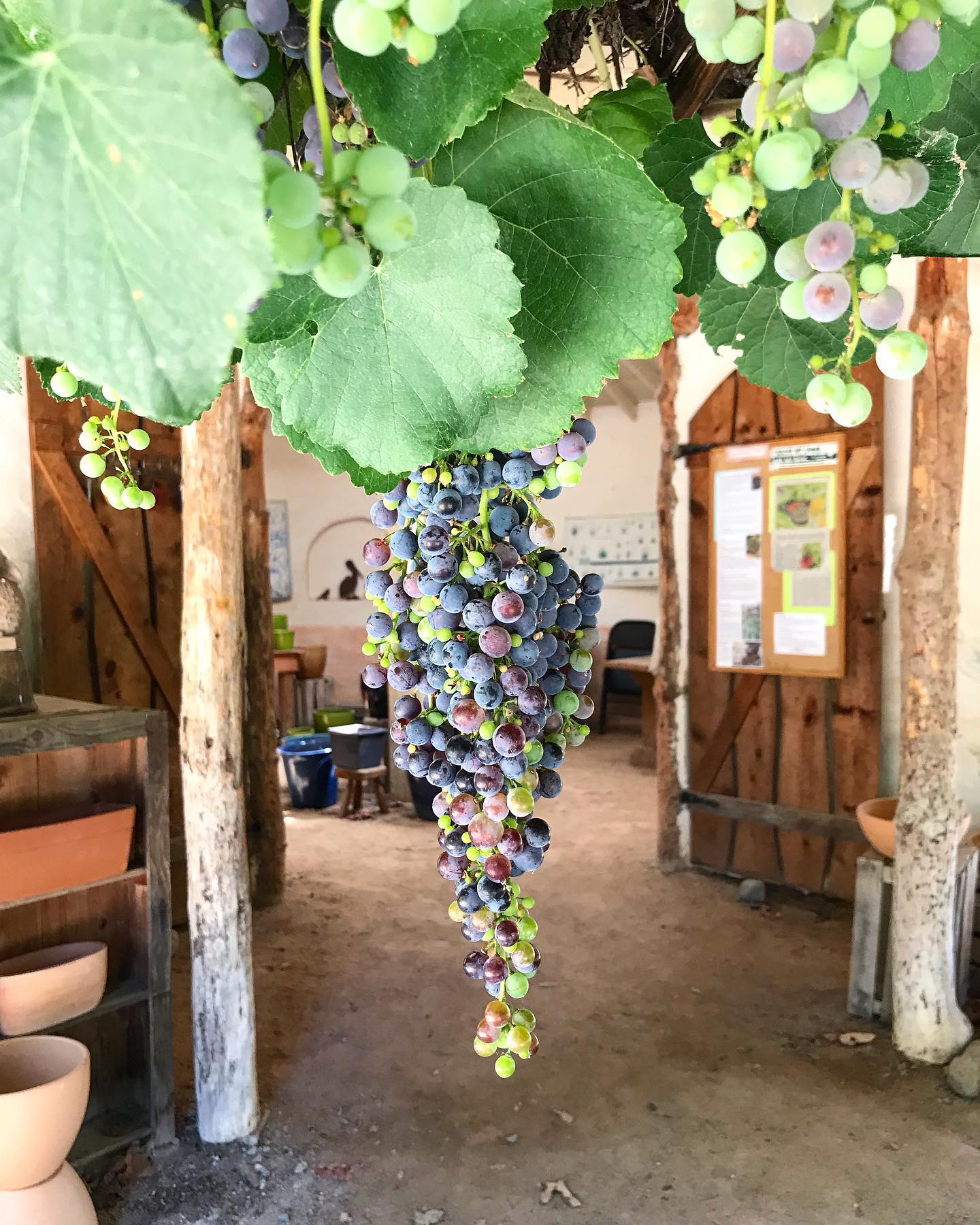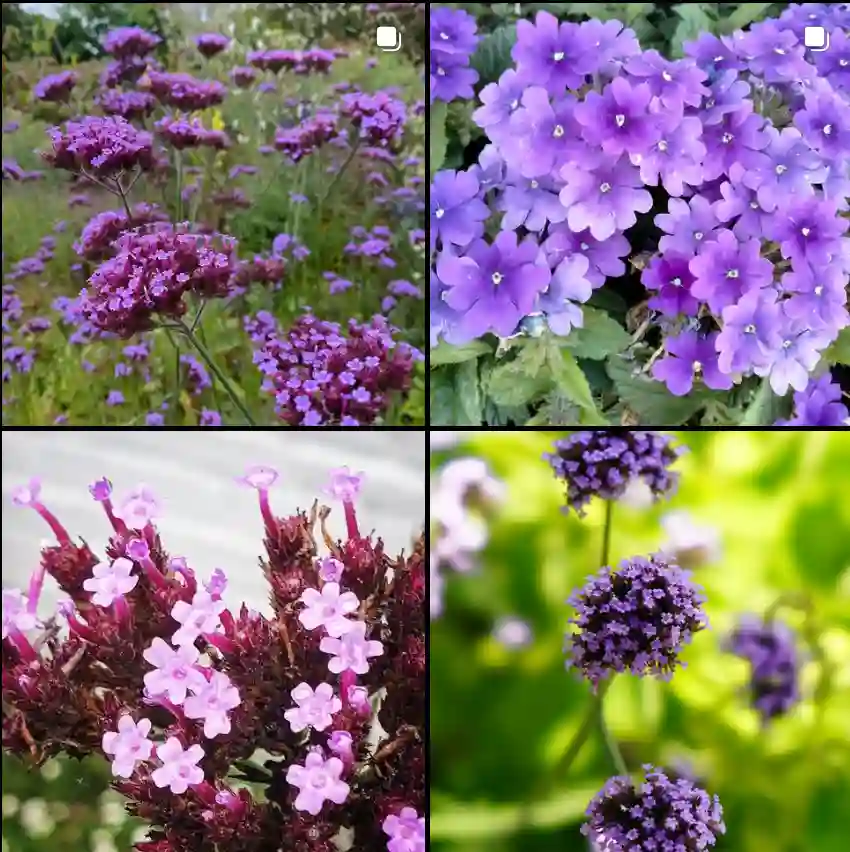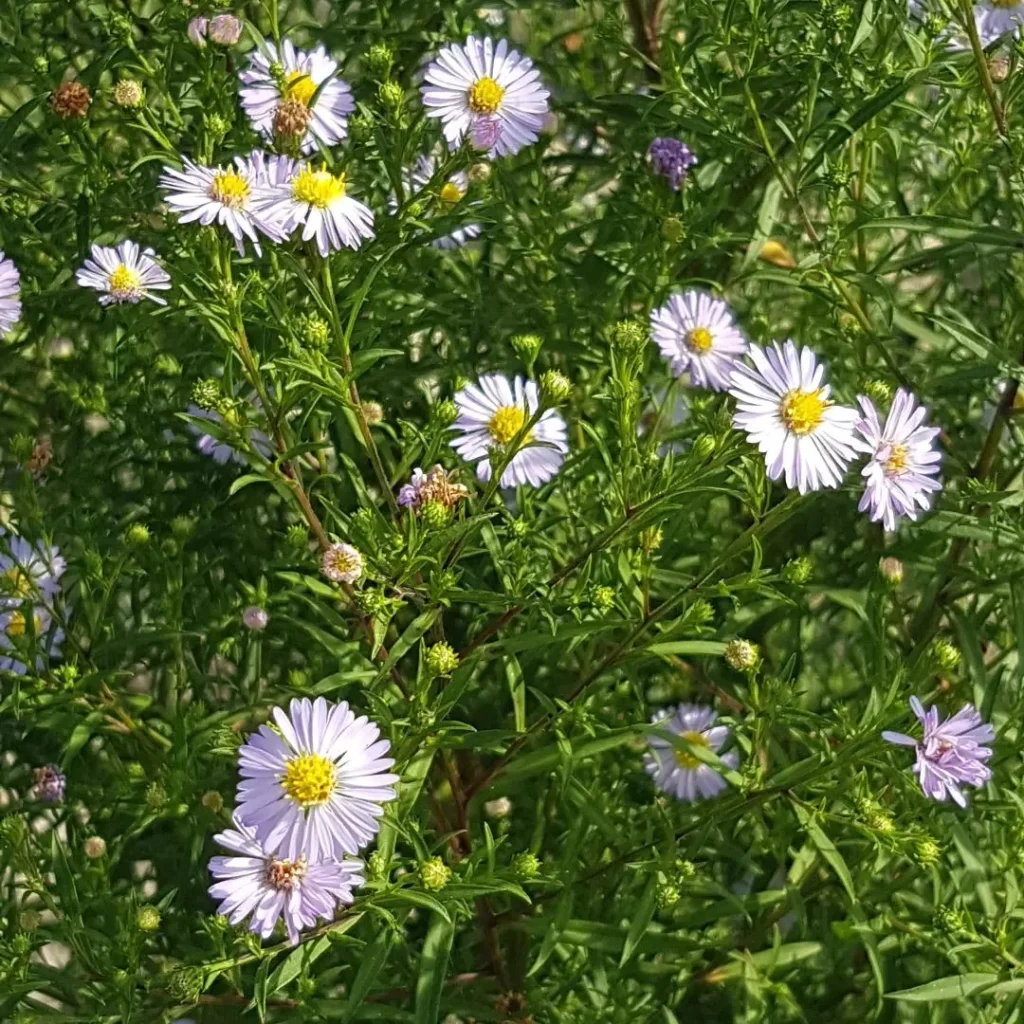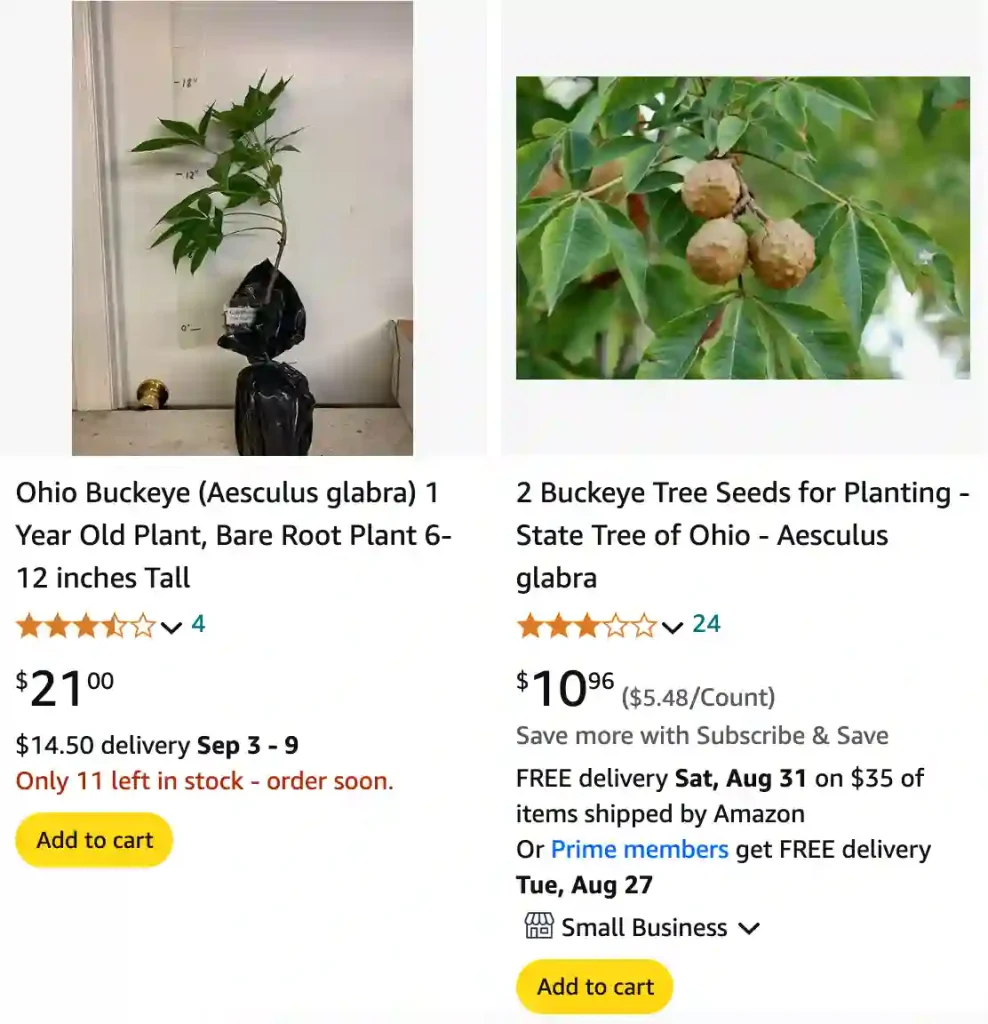
FAQs About Buckeye Nut: Everything You Need to Know
When it comes to unique nuts and seeds, the Buckeye Nut often piques curiosity. Whether you’ve stumbled upon one in your garden or are simply fascinated by its characteristics, here’s a comprehensive guide addressing the most common questions about this intriguing nut.
18 Species in Genus Aesculus
What Is a Buckeye Nut?
A Buckeye Nut is the seed of the Ohio Buckeye tree (Aesculus Glabra) or other related species in the Aesculus genus. These trees are known for their distinctive, large, glossy seeds that resemble the eye of a deer, which is how the nut got its name. The nut is typically round, about 1 to 1.5 inches in diameter, and has a shiny brown exterior with a lighter brown “eye” in the center.
Can You Eat a Buckeye Nut?
If you’re wondering whether you can eat a Buckeye Nut, the answer is no. Despite its resemblance to edible nuts like chestnuts, Buckeye Nuts are not suitable for consumption. They contain toxic compounds, primarily saponins and glycosides, which can cause nausea, vomiting, and other gastrointestinal issues if ingested. Therefore, it’s best to avoid eating them.
Is a Buckeye Nut Poisonous?
Yes, a Buckeye Nut is poisonous. The toxins found in Buckeye Nuts can be harmful if consumed. While they are not deadly in small quantities, eating them can still lead to unpleasant symptoms such as stomach pain and vomiting. If you suspect someone has ingested a Buckeye Nut, seek medical advice promptly.
What Is a Buckeye Nut Used For?
Although Buckeye Nuts are not edible, they have been used for various purposes. Historically, Native Americans used them in traditional medicine and as charm items. Today, they are popular in crafting and as decorative elements. Some people use them to create keychains, jewelry, or even ornaments. The nut’s unique appearance makes it a favorite among crafters and collectors.
How to Preserve a Buckeye Nut?
If you want to keep a Buckeye Nut for decorative or crafting purposes, it’s important to preserve it properly. Here’s how:
- Drying: Allow the nut to dry completely before storing it. Place it in a cool, dry location away from direct sunlight. This helps prevent mold and decay.
- Sealing: Once dry, you can seal the nut with a clear acrylic spray to protect it from moisture and damage.
- Storage: Store the preserved nut in a cool, dry place, preferably in an airtight container to maintain its appearance.
What Tree Does a Buckeye Nut Come From?
The Buckeye Nut comes from the Ohio Buckeye tree (Aesculus Glabra) or other species of the Aesculus genus. These trees are native to parts of North America, including Ohio, from which the nut gets its name. The Buckeye tree is known for its large, palmate leaves and distinctive seed pods.
Buckeye Nut vs Chestnut
It’s easy to confuse Buckeye Nuts with Chestnuts due to their similar size and shape. However, there are key differences:
- Edibility: Chestnuts are edible and commonly used in cooking and baking. Buckeye Nuts, on the other hand, are toxic and should not be consumed.
- Appearance: While both nuts are round and have a shiny surface, Buckeye Nuts typically have a darker, more uniform brown color with a lighter “eye” in the center. Chestnuts have a more textured, spiky shell and are often darker with a less shiny surface.
- Usage: Chestnuts are a staple in various cuisines around the world, while Buckeye Nuts are mainly used for decorative purposes and traditional crafts.
How to Care for a Buckeye Nut Tree?
If you’re interested in growing a Buckeye tree, here’s some basic care information:
- Location: Buckeye trees thrive in full sun to partial shade. They prefer well-drained soils but can tolerate a range of soil types.
- Watering: Regular watering is essential, especially during dry periods. Ensure the soil remains consistently moist but not waterlogged.
- Pruning: Prune the tree to maintain its shape and remove any dead or diseased branches. This helps keep the tree healthy and promotes better air circulation.
- Pests and Diseases: Buckeye trees can be susceptible to pests like aphids and diseases such as leaf spot. Regularly inspect the tree and treat any issues promptly.
Common Problems with Buckeye Trees
Buckeye trees can face several issues, including:
- Leaf Drop: Premature leaf drop can occur due to stress, drought, or pest infestations.
- Powdery Mildew: This fungal disease can cause a white, powdery coating on leaves. Ensure good air circulation and avoid overhead watering to prevent it.
- Root Problems: Poor drainage or compacted soil can lead to root issues. Ensure the tree is planted in well-draining soil and avoid overwatering.
Conclusion
Buckeye Nuts are fascinating but not suitable for consumption. They come from the Ohio Buckeye tree and are more commonly used for decorative and crafting purposes. While they are toxic if ingested, they offer unique value in traditional uses and crafts. By understanding how to care for the trees and preserve the nuts, you can enjoy the beauty of these unique seeds while avoiding their potential hazards.
If i die, water my plants!
